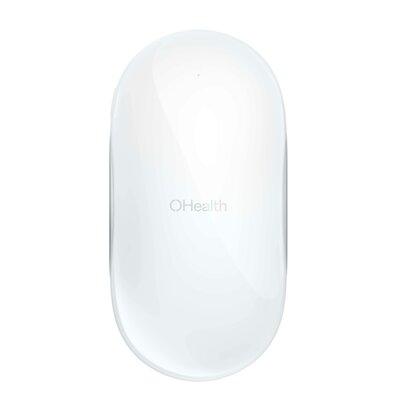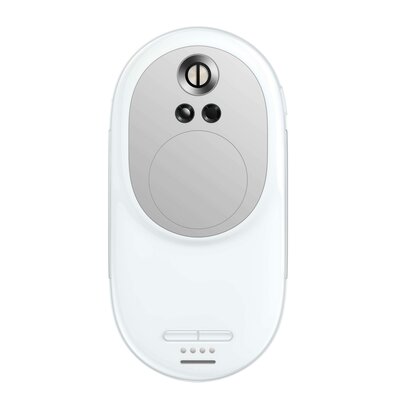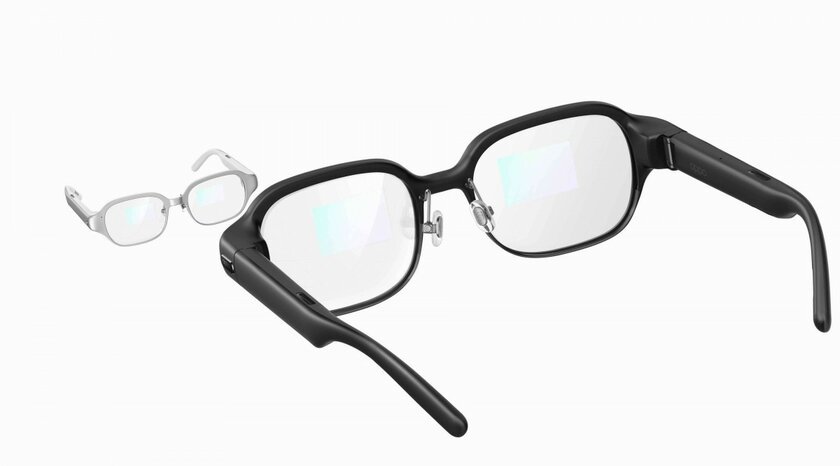At the annual INNO Day event, OPPO presented its unique developments. The most interesting of them is the specialized single-chip system MariSilicon Y, which is responsible for transmitting sound via Bluetooth. This is the first RF chip developed by OPPO, and with it, the company aims to set a new standard for wireless audio and bring it to the level of wired.
Last year, the company introduced the MariSilicon X neural processor for image processing, which is currently used in premium OPPO smartphones. To satisfy the desire of audiophiles who want to listen to music wirelessly, the company’s engineers decided to develop the MariSilcon Y SoC. The new chip is based on N6RF technology and can process Bluetooth data at up to 12Mbps. Compared to the 16nm process used in the previous generation, the chip’s power consumption is reduced by 66% and its size is reduced by 33%.
MariSilicon Y is the first in the industry to transmit lossless Bluetooth audio at 24bit/192kHz, delivering ultra-clear sound comparable to traditional CDs. The single-chip system also boasts support for the exclusive URLC codec with a higher compression ratio than LDAC, LHDC, AAC and AptX. Thus, the company promises excellent lossless audio coding. Of course, MariSilicon Y supports all available LDAC, LHDC, L2DC, L3C, AAC and SBC encoding formats. By the way, this is one of the first Bluetooth chips to support the latest L3C codec introduced in Bluetooth 5.2.
To help users hear more detailed sound, MariSilicon Y uses a dedicated NPU processor with up to 590 GOPS processing power. It processes data in real time and creates directional and spatial sound. In addition, the processor uses artificial intelligence to intelligently recognize and highlight individual elements of the composition, such as vocals, drums and other instruments, and the spatial rendering function allows you to adjust the position of the sound in space.
OPPO also announced a new sub-brand called OHealth and introduced the first product, the OHealth H1 health monitoring gadget. It can track and control the level of oxygen in the blood, take an ECG, analyze the work of the heart and lungs, check the pulse, measure body temperature, and monitor sleep. The device itself is round in shape, weighs only 95 g and looks like a modern remote control. The resulting data is combined with health algorithms developed by OPPO experts to provide the user with a detailed picture of the state of health. OHealth H1 can also send data directly to a doctor or clinic.


Another novelty shown at the presentation was the Air Glass 2 augmented reality glasses. This is the second generation of glasses, which features a more durable design and the industry’s first in-house developed SRG polymer diffractive lenses.

The company claims that they will support vision correction, and the frames can be further adjusted. As for the functions of the glasses, they can be used to make calls, perform real-time translation, navigate, convert voice to text, and much more.
Source: Trash Box
Charles Grill is a tech-savvy writer with over 3 years of experience in the field. He writes on a variety of technology-related topics and has a strong focus on the latest advancements in the industry. He is connected with several online news websites and is currently contributing to a technology-focused platform.







